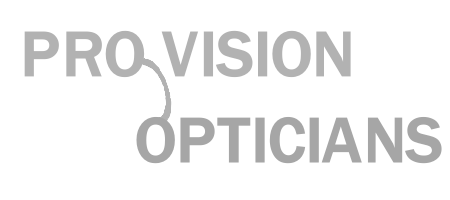Cataracts
The eye works by focusing images onto a light sensitive layer called the retina. The majority of power comes from the cornea at the front of the eye and then the fine focusing from distance objects to near objects is controlled by the lens within the eye.
When you are young the lens has a lot of focusing power but as we age the lens continues to grow, hardens and gets less flexible and this normally leads to the need for reading glasses to assist our focusing at near. This continues through out our life and means the older we get the denser the lens gets. This makes it harder for light to travel through and more light is scattered, degrading the final image which lands on the retina. This aging effect on the lens leads to nuclear sclerotic cataracts which basically means hardening of the lens.
There are other types of cataracts and getting old is not necessarily a precursor to developing a cataract. Any abnormal growth of the fibres which make up the lens can lead to a cataract and some people are even born with them.
The sort of problems that can occur are:
- Problems with glare, i.e. bright sunlight or car headlights at night.
- Blurred vision
- Colours may be dull or washed out.
Once a cataract develops it rarely causes any permanent damage and if it starts to cause you problems there is a straight forward operation to restore normal vision. The lens is made up of several layers and it is the denser inner layers that normally cause a problem. An incision is made into the cornea and a hole is cut in the capsule, the outer layer of the lens. The middle part of the lens is liquefied using high frequency ultrasound and sucked out using a vacuum.
Then an artificial lens is inserted into the eye, which rests within the capsule and restores normal vision. Spectacles may still be required for clear distance and near vision.
